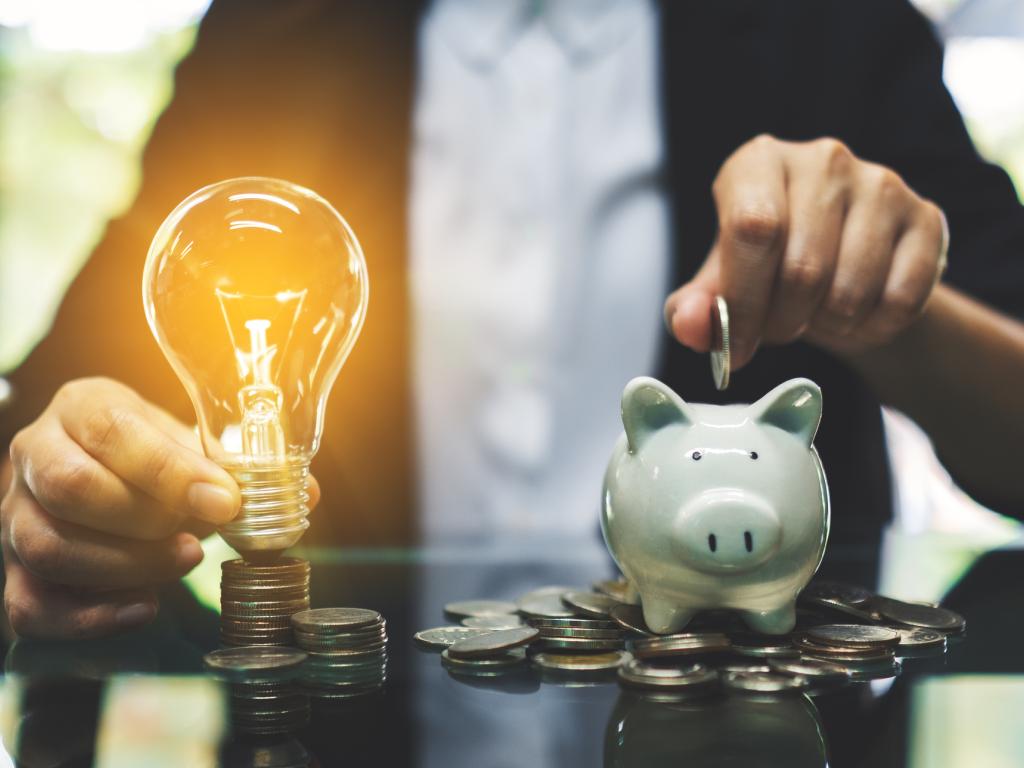Renewables & Rethinking Energy in South Africa: A Three-Part Series - Part 3: Funding the Present & Future of Energy Supply

Written by Lindsay Moses.
Part 3: Funding the Present & Future of Energy Supply
The framework has been created for renewable independent power producers to begin generating electricity in South Africa.[1] Ninety-two successful projects are already in operation, with more projects successfully generating grid-connected renewable power every day. A lot of pressure has been placed on the private sector to provide electricity to the country. While the Renewable Energy Independent Power Producer Procurement (REIPPP) program stimulates private investment, more can be done by government to incentive investment. These projects have high upfront costs, a lot of bureaucratic roadblocks, and long lead times for profit. To eventually have thriving and competitive energy generation capable of supporting a nation, robust incentivisation through for example, quicker bid window inductions and favourable fiscal terms, would be necessary for more sectoral investment first.
One very pertinent question that remains is the allocation of billions of rands worth of funds set aside for South Africa’s just energy transition. In November 2021, at the COP26 climate summit in Glasgow, Global North countries (UK, US, French and German governments plus the EU) came together as a Just Transition Partnership and pledged $8.5 billion (R131 billion) to South Africa as an aid in the nation’s attempts to transition its energy from coal. This allocated R131 billion of just energy transition funds seem almost enigmatic. For the entire year of 2022, the plan of action communicated by the government to the public was that a Presidential Climate Finance Task Team (a division of the Presidential Climate Commission) was created to manage these funds. November 2022 saw the Finance Task Team publish South Africa's Just Energy Transition Investment Plan (JET-IP) and communicate this development with the public.[2]
The public already know that mounting debts, failing powerplants and unkept promises to keeping Eskom afloat has already racked up a lofty energy bill. The public also know that to unbundle Eskom with a view to create the promised management efficiency would cost at least half a billion rands. Failed utility bill collections means municipalities across South Africa collectively owe ESKOM an estimated R35 billion. The maintenance and fixing of the failing powerplants will take another two years at the very least and cost R147 billion by completion. This is just the credit side of the country’s energy invoice that has to be offset – now only amplified by the fact that South Africa is officially in a state of disaster and has opened up funds to be used for implementation of practical [financial] measures of relief. Government’s financial provisions for the energy emergency including diesel for ESKOM, transmission and distribution infrastructure, and generators and solar panels to homes and small businesses alike continue to rack up a bill on the taxpayer’s account. Fortunately, the fastpacking of alternative energy projects has been included as one of the practical measures of relief to be prioritised.
Thinking about investment into future projects seems less of a priority when one considers the pressing reality of government’s actions. Nevertheless, the Just Energy Transition Investment Plan (JET Plan) has already noted that at least R647 billion in investment would be required for the national electricity sector’s infrastructure alone (including decommissioning of plants and setting the ground for renewable energy). Additionally, the JET Plan does envisage a pivotal role for municipalities and local government as well but notes that municipal capacity alone requires R319 billion in investment.
With rampant corruption plaguing national and local government alike, a green and renewable energy-powered South Africa has never seemed further out of reach. If you are promised R80 by person A, but you have a R100 debt, and you promised person C R600, how do you move forward? South Africans are asking, Mr President.
This blog is Part 3 of “Renewables & Rethinking Energy in South Africa: A Three-Part Series”. Find Part 1 and Part 2 here.
[1] GN 2935 GG 47877 (Electricity Regulation Act 4 of 2006 Substitution of Schedule 2 to the Act), Available at Electricity Regulation Act: Licensing Exemption and Registration: Correction (www.gov.za)
[2] Media Statement, President Ramaphosa outlines South Africa’s Just Energy Transition Investment Plan, Presidency, 4 November 2022.
